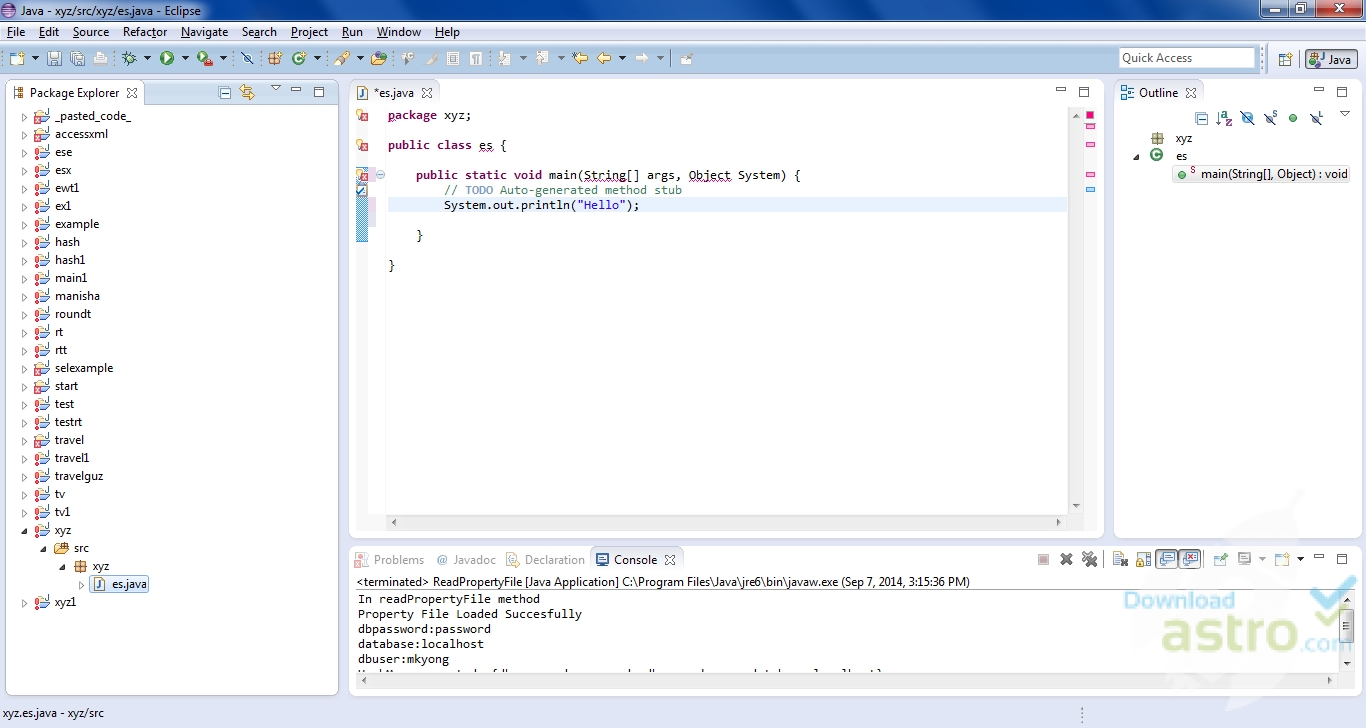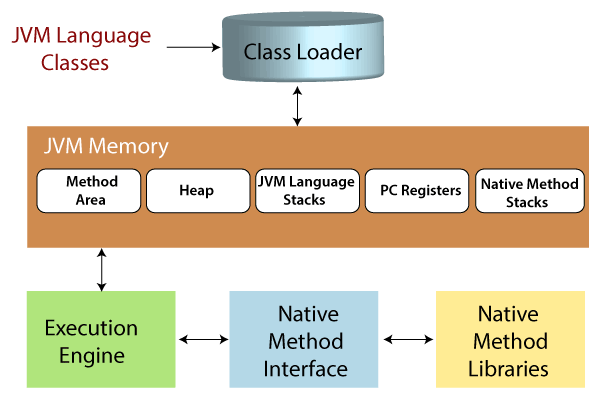

Once you click it, you will get the below mentioned screen.Ĭlick on the ‘Environment Variable’ button and follow the process. With this, you will see the setting screens open up from here, navigate to the ‘Advanced System settings’ section. Go to the ‘MY PC’ option and click the ‘Properties’ option. Step 10: To start the two processes, we have to see the above two screens we have to go to System Settings. The Classpath variable gives the address of the library files. The path variable gives the address or the location of the javac, java file. The environment setup, which has path details and classpath details, are even crucial to fix.

Step 9: With this, you are left with some minor but important settings adjustments. You have to stop your work as the installation is complete. Step 8: Once this is done, you have to perform 1-2 steps in the installation process until you get this screen. The application will create its own directory by default otherwise, a user has to select some specific folder by clicking on the ‘Change’ button. Also, one more crucial decision is regarding the path location as known as “Install to”. He can choose among the ‘Development tools’ and ‘Source code’ option available. The decision a user has to make here is to select what all tools and code he needs to install Java 8. It holds some crucial information lets see the screen, and then we will continue with the discussion. Step 7: This screen depicts some useful action that has to be taken by the user. The download page contains the entire working version download link with multiple platforms. Step 3: Once the link appears, click on the ‘Downloads’ section, which will take you to the below-mentioned screen. A user will get several links to download (prefer the official website). Step 2: Type “Java SE”, which will lead you to the main site of Oracle.

Go to ‘Control Panel’ > to ‘Programs and features’ > Uninstall all the Java programs and Plug-ins like Java SE development kit, Java SE runtime, and update files. Step 1: Just check in your system if there is a previous version available by default if yes, then uninstall it to start with a fresh new version – Java 8. Given below are the steps required to install Java 8: A user needs to have both for the proper working of the Java platform. JRE is used to run the Java programs, whereas JDK, which has a combination of JRE plus other development tool kit, is used for writing and also to run the Java programs. So, on the last thing, before we work on the installation part:


 0 kommentar(er)
0 kommentar(er)
